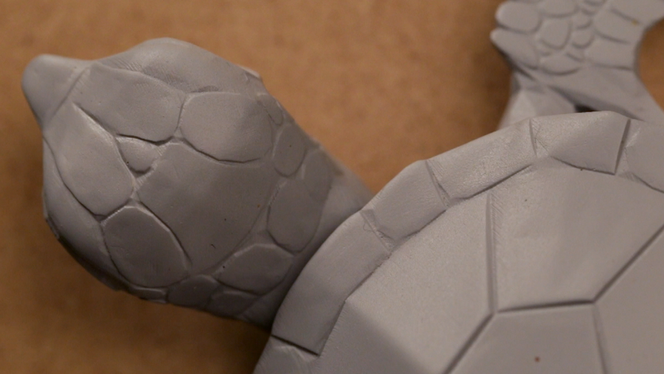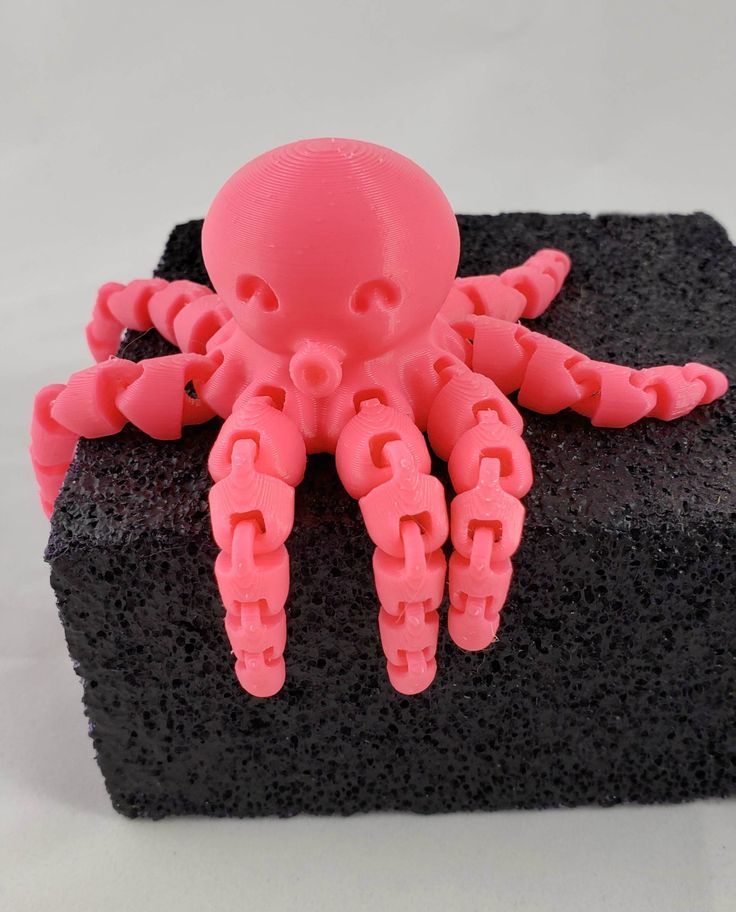3D printer for orthotics
3D Printing for Orthotics and Prosthetics - HP® Jet Fusion 3D Printing Solution
Contact an HP 3D Print expert
Choose the phone number for your country to speak to a local HP 3D Printing sales expert today.
België/Belgique
+32 78 48 44 69
Czech Republic
+420 239 050 531
Deutschland
+49 7031 986 90 13
+49 7031 986 90 17
España
+34 93 003 45 95
France
+33 6 28 78 35 59
Italia
+39 02 8295 2406
Nederland
+31 20 241 5685
Norway
+47 23 96 00 13
Österreich
+43 720 117035
+43 1424 0091
Romania
+40 376 300 174
Sweden
+46 8 446 891 49
Suisse/Switzerland
+41 44 511 2308
+41 44 511 2333
United Kingdom
+44 20 7365 8158
United States
+1 877 468 8369
Data courtesy1
Create 3D printed orthotics and prosthetics with HP 3D Printing Solutions
See how orthotics and prosthetics companies are manufacturing quality devices fast and at scale with breakthrough productivity, repeatability and predictability.
Data courtesy2
HeyGears produces comfortable, versatile 3D printed orthotics.
Data courtesy3
Hulotech customizes prosthetics with HP 3D Printing.
Data courtesy4
OT4 meets patients' needs with custom orthotic devices.
Data courtesy5
ProsFit and HP 3D Printing help reinvent additive manufacturing for prosthetics.
Watch how HP 3D Printing is unlocking new possibilities for orthotics and prosthetics
Crispin Orthotics
Crispin Orthotics
Crispin Orthotics drives patient care with HP Multi Jet Fusion
Invent Medical
Invent Medical
Invent Medical produces helmets for craniosynostosis treatment with HP 3D Printing.
iOrthotics
iOrthotics
iOrthotics produces insoles with innovative 3D scanning and 3D printing.
ORTHO-TEAM Group
ORTHO-TEAM Group
ORTHO-TEAM Group scales orthotic device production with HP Multi Jet Fusion.
HP 3D Printing Solutions for orthotics and prosthetics
HP Jet Fusion 5200 Series Industrial 3D Printing Solution
Produce high-value final part production runs with new levels of manufacturing predictability, productivity, and automation.
HP Jet Fusion 4200 Industrial 3D Printing Solution
Produce quality parts while optimizing productivity and cost.
We stand by you on your journey to business growth
HP Integrated Financial Solutions
Flexible investment solutions that support your business transformation.
HP 3D as a Service
A pay-per-use model that gives you new levels of cost predictability with the flexibility to scale your business as you grow.
The content of this site is for information purposes only and it is showing the product configuration for the US market only.
Availability, pricing, product configuration and specifications may differ according to geographical location, local laws and practices.
Please contact us or talk to your local HP 3D Printing representative for further information or for product configurations specific to your local country.
- Data courtesy of Heygears, OT4 and Invent Medical.
- Data courtesy of HeyGears
- Data courtesy of Hulotech
- Data courtesy of OT4
- Data courtesy of ProsFit
- Data courtesy of Crispin Orthotics
- Data courtesy of iOrthotics
- Data courtesy of ORTHO-TEAM group
Finding the best 3D Printer for Orthotics and Prosthetics
The manual manufacturing of orthoses requires time, a unique skillset and plenty of experience.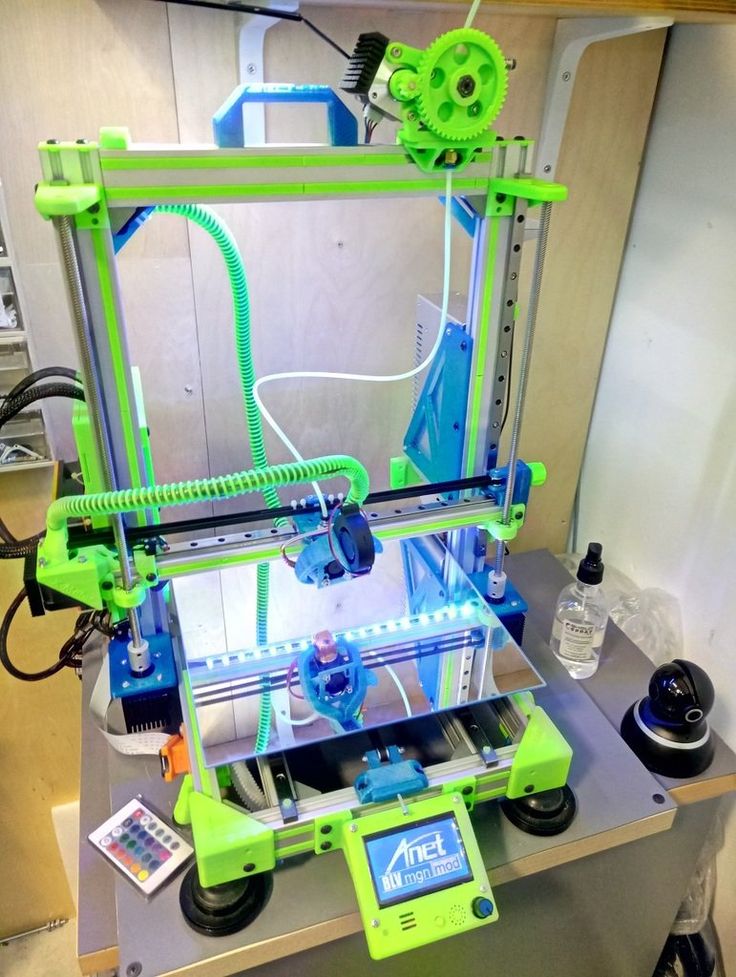 Over the years, new technologies have been introduced to automate certain parts of the creation of orthotics. For example, CNC machines are commonly used for the fabrication of insoles. The three-axis machines can be pre-programmed with CAD software to build the insole by subtracting material from a solid block.
Over the years, new technologies have been introduced to automate certain parts of the creation of orthotics. For example, CNC machines are commonly used for the fabrication of insoles. The three-axis machines can be pre-programmed with CAD software to build the insole by subtracting material from a solid block.
3D printing, also known as additive manufacturing (AM), works the exact opposite. The orthosis is created by building the orthosis one layer at a time. With 3D printing, the design restrictions related to tool access are lifted, and previously impossible devices to create with CNC machines have become standard practise with4D printing.
The process of creating orthotics with 3D printersWhy is 3D printing rapidly revolutionizing the O&P industry?
1. Freedom of design
With manual manufacturing or milling, there are many restrictions on the orthosis geometry that can be created. Building complex shapes with fewer components may not be feasible because of tool access restrictions, or because additional equipment may be required in order to remove material from a specific area. With 3D printing, this is no longer the case.
With 3D printing, this is no longer the case.
2. Automation
3D printing is becoming increasingly automated. After launching the 3D printer, it can complete the entire printing process without intervention from the user. As such, you can print overnight to accelerate the production time. Additionally, parts of the process like orienting the 3D model, determining the print settings, and sending it to the proper printer can be automated as well.
3. Minimize errors
With 3D printing, it is possible to reduce the number of procedures needed for the manufacturing of orthoses, leaving a smaller window for mistakes. When the 3D model is optimally designed, and the printer settings are tested and approved, the printing is smooth, and the orthosis doesn’t need additional adjustments to perfectly adapt to the patient’s body part.
4. Reduce waste
The material waste generated by 3D printing depends on the type of additive manufacturing. When compared to subtractive techniques like CNC machines, 3Dprinting generates much less material waste. The waste is minimal because you load the printer with just the necessary amount of material needed to build the orthosis (and support structure). Furthermore, it is possible to recycle most materials used. The waste efficiency of 3D printing is not only an ecological benefit. Reducing the need for raw materials also results in significant cost savings.
The waste is minimal because you load the printer with just the necessary amount of material needed to build the orthosis (and support structure). Furthermore, it is possible to recycle most materials used. The waste efficiency of 3D printing is not only an ecological benefit. Reducing the need for raw materials also results in significant cost savings.
There are various 3D printing techniques available for O&P applications :
- FDM (Fused Deposition Modelling), also known as FFF (Fused Filament Fabrication), is based on thermal extrusion: A thermoplastic filament is melted and put on the building platform. Layer-by-layer the orthopaedic device is created.
- SLA (Stereolithography) and DLP(Digital Light Processing) both use photopolymerization. SLA was the first additive process invented: a UV laser beam solidifies a liquid resin.
- SLS (Selective Laser Sintering) is a 3D printing technology that utilizes laser melting: the laser beam fuses the powdered material in layers to form the object, no support is printed.

- Inkjet or Binder Jetting is like SLS, but instead of fusing the powder bed with laser or electron beam, a liquid binding material is selectively dropped into the powder bed.
Over the years, we have become experts in merging the fields of orthopaedics and 3D technology and discovered each 3D printing technique's advantages and disadvantages. Understanding these (dis)advantages is key in choosing a printer that suits your workshop. We decided to share all the knowledge we’ve gained during our R&D projects with you through a series of guides. You can find more information on these printing techniques and even some 3D printers we recommend in our expert guide on 3D printing. If you still have some dilemmas to tackle after reading our expert guide, don’t hesitate to reach out.
Medical equipment manufacturers are now more than ever investing in 3D technology to optimize the fabrication of orthoses and prostheses. Are you ready to join them?
The essential characteristics to look for when choosing a 3D printer for O&P applications
1.
 Easy-to-Use and Easy-to-Maintain
Easy-to-Use and Easy-to-MaintainIt may be difficult to understand how a 3D printer works, especially if you are a novice in the field. That’s why we advise you to start with an additive process that is easier to understand and control, such as the thermal extrusion technique.
2. Versatile
Orthopaedic devices are made from different materials to respond to different needs. It is therefore essential that the 3D printer comes with a wide range of functional biomaterials to manufacture several types of orthoses: rigid, semi-rigid, flexibles…
3. Reliable
You want to look for a robust machine that is designed to work on a consistent basis, for long hours and without failure.
3D printed orthotics
05/20/2020
3D printing in orthopedics has been used quite recently. And although the share of its application in this industry is still very small and cannot be compared, for example, with dentistry, the development has already begun and there is no point in denying the effectiveness of a 3D printer in the manufacture of orthopedic products.
Orthopedic products are a fairly broad concept, they can be temporary or permanent wear products used to support, stabilize and rehabilitate injured limbs, such as orthoses, splints, corsets, insoles, etc. nine0003
For maximum effectiveness, orthopedic devices are most often made to measure. Traditional production methods are quite labor intensive and require fitting, fitting, which consumes a lot of time and materials.
Due to their affordability and ease of use, 3D scanning and 3D printing have greatly simplified the entire process of manufacturing custom orthotics.
nine0016 Insoles
Orthopedic insoles are used for non-surgical correction of foot and ankle problems, as well as to improve the athletic performance of professional athletes. The grueling taking of impressions and the lengthy production time are a thing of the past decade.
Now, to make an orthopedic insole, you only need an orthopedic 3D scanner, a 3D printer, and 6-10 hours to get the finished product.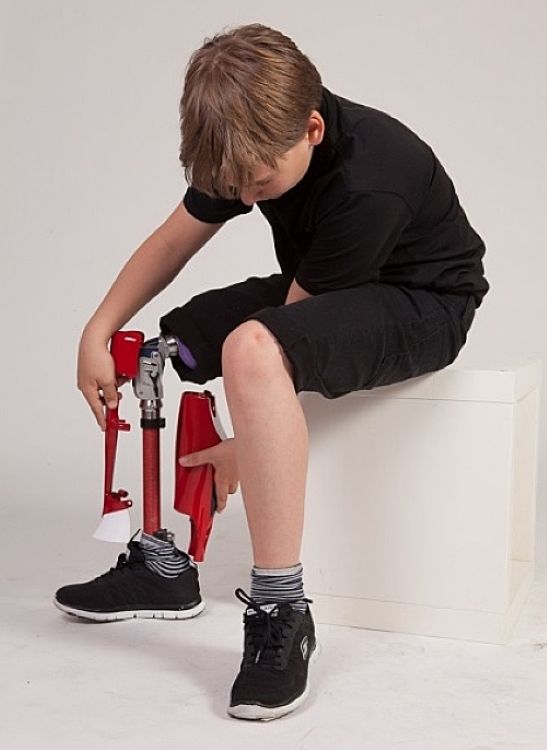 nine0003
nine0003
Orthoses
Those who have ever broken an arm, leg or finger know what kind of agony a plaster orthosis delivers. A custom 3D printed plastic orthosis easily replaces a cast for mild to moderate injuries. At the same time, it breathes completely, does not irritate the skin and does not interfere with hygiene procedures.
Corsets
An orthopedic corset is a more complex product, and requires the most accurate fit to the patient's figure. An accurate corset model can be created both on the basis of 3D scanning and on the basis of MRI data. Depending on the treatment, both rigid plastics and more flexible ones can be used as a material.
When choosing a 3D printer, it is worth considering the size of the construction area and the features of the materials used in the production of orthopedic products. As a rule, these are durable thermoplastics and flexible materials that require a heated platform and a closed chamber, such as the Wanhao Duplicator 6 Plus 3D printer. nine0003
nine0003
3D printed orthotics are faster, more accurate and more efficient.
And with the high growth in the availability of technology, 3D printing and 3D scanning will completely replace labor-intensive and expensive production methods in the near future.
Dental 3D Printing for Dental Prostheses
Today's additive printing technologies enable the production of a wide variety of products for an incredible range of applications. Medicine, in particular the field of dentistry, has long been no exception and is using the achievements of technological progress for the benefit of its patients with might and main, becoming digital. nine0003
Benefits of using a 3D printer
Clinics everywhere are switching to intraoral scanning, abandoning analog, uncomfortable for the patient methods of impression making. Some are not limited to diagnostic manipulations at all, transferring the stages of modeling and manufacturing of single works under their own roof and partially refusing laboratory services.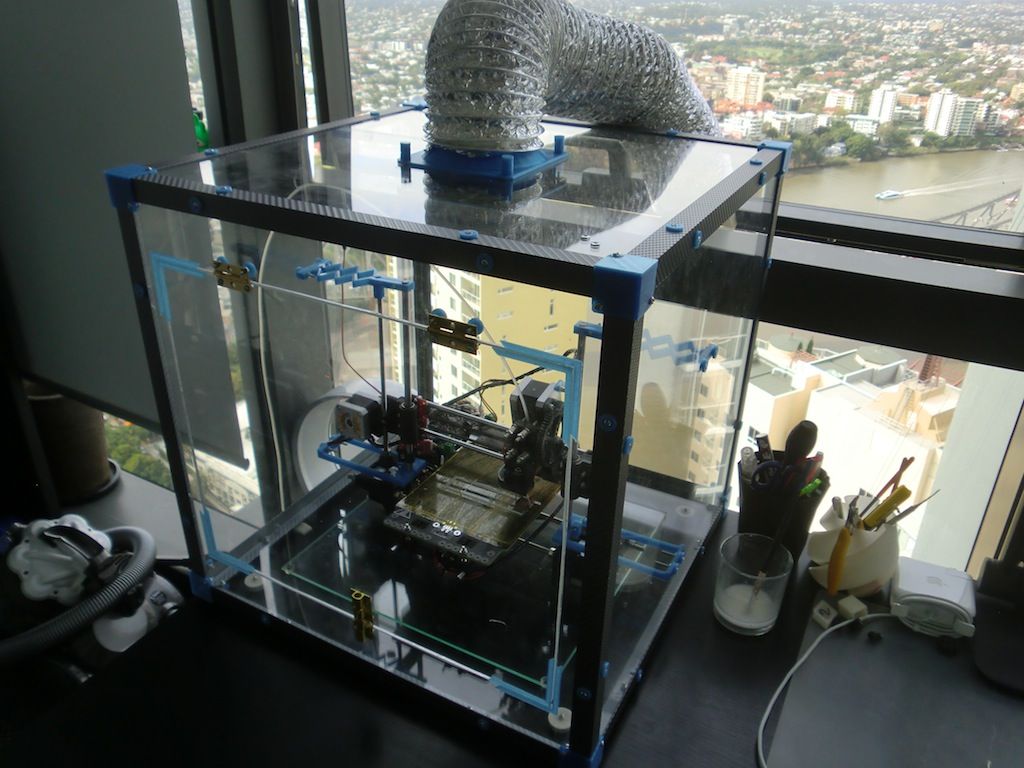 In this case, a 3D printer for dentistry is indispensable in the manufacture of orthodontic and temporary orthopedic structures. Mouth guards, night guards, surgical templates for operations and even the printing of dentures, whether they be single crowns, bridges or even removable basic dentures - all this is under the power of dental 3D printing. nine0003
In this case, a 3D printer for dentistry is indispensable in the manufacture of orthodontic and temporary orthopedic structures. Mouth guards, night guards, surgical templates for operations and even the printing of dentures, whether they be single crowns, bridges or even removable basic dentures - all this is under the power of dental 3D printing. nine0003
Comparison of the main 3D printing technologies used in dentistry
Laboratories do not stand aside and improve the manufacturing methods and range of dental products and services. The use of laboratory scanning eliminates the error that may occur during the manufacture of a plaster model. If desired, the model can be produced on a dental printer from a photopolymer, which is always less troublesome and faster. Gingival masks, individual trays, and any orthopedic constructions - the 3D printer opens up new horizons for dental laboratories. nine0003
nine0003
If we talk about the main methods of manufacturing dental products on a 3D printer, then these will be:
- SLA, or the so-called stereolithography, in which the laser beam polymerizes the material, quickly passing through each point of the object;
- DLP, or layer-by-layer illumination process, in which the projector illuminates the photopolymer layer by layer using ultraviolet radiation, transforming it into a future product.
Regardless of the printing method, the final properties of the work will depend on the material from which it is made, the very "resin". nine0003
When talking about photopolymers, one cannot fail to mention NextDent. The company is a subsidiary of the Dutch manufacturer of plastics for prosthetics Vertex. NextDent pioneered the field of biocompatible 3D printing resins and was soon bought out by global additive technology giant 3D Systems.
NextDent's range of 30 unique photopolymers is the widest of any dental material supplier.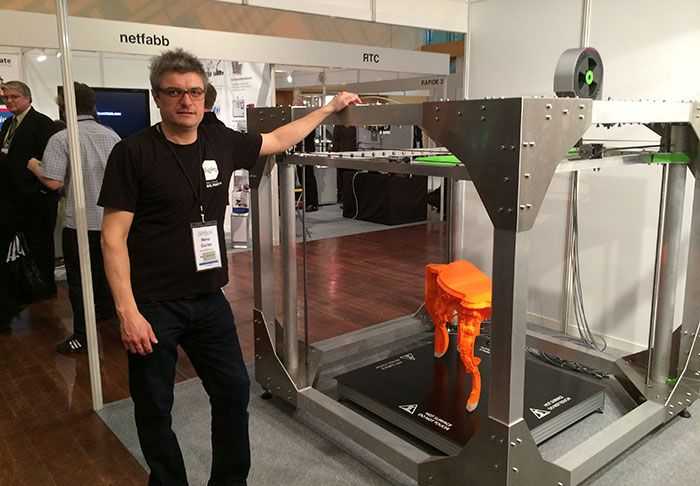 A range of aesthetically accurate colors enable dental labs and clinics to achieve a close match of finished products to the patient's teeth and gums. 3D printing materials from NextDent are biocompatible and certified in accordance with the requirements of the European Union, which makes them widely used. Photopolymers meet the requirements of the European Medical Device Directive (93/42/EEC), approved by the Food and Drug Administration (USA) and certified in many other countries.
A range of aesthetically accurate colors enable dental labs and clinics to achieve a close match of finished products to the patient's teeth and gums. 3D printing materials from NextDent are biocompatible and certified in accordance with the requirements of the European Union, which makes them widely used. Photopolymers meet the requirements of the European Medical Device Directive (93/42/EEC), approved by the Food and Drug Administration (USA) and certified in many other countries.
With such a promising line of dental resins in its portfolio, 3D Systems, as the inventor of 3D printing and a recognized industry leader, could not do without using its own revolutionary technologies in a new field for itself. This is how the first 3D printer for dentists NextDent 5100 appeared, specially designed for the manufacture of products from biocompatible photopolymers. nine0003
Its hallmarks are speed and ease of use. Incredibly fast in the production of dental work of any complexity, the NextDent 5100 will allow you to print more than 70 temporary crowns in 25 minutes. Or to make a whole prosthesis in front of the patient in just an hour.
Or to make a whole prosthesis in front of the patient in just an hour.
NextDent Denture 3D+, a class IIa biocompatible material, was created for the fabrication of removable denture bases. This material has significantly less shrinkage than the already used, standard PMMA materials. Shrinkage can be avoided using software, resulting in a perfectly suitable base for a removable denture. Excellent mechanical properties make it possible to surpass the quality of traditional methods of manufacturing removable dentures. Available in the following shades: dark pink, light pink, opaque, reddish pink and transparent pink. Biocompatible, non-cytotoxic, non-mutagenic, does not cause redness and swelling, does not have sensitizing properties, does not cause systemic toxicity. nine0003
NextDent C&B Micro Filled Hybrid is a class IIa biocompatible material designed for the production of single crowns and bridges. The balance between inorganic fillers and resin gives the material its high strength and wear resistance.




